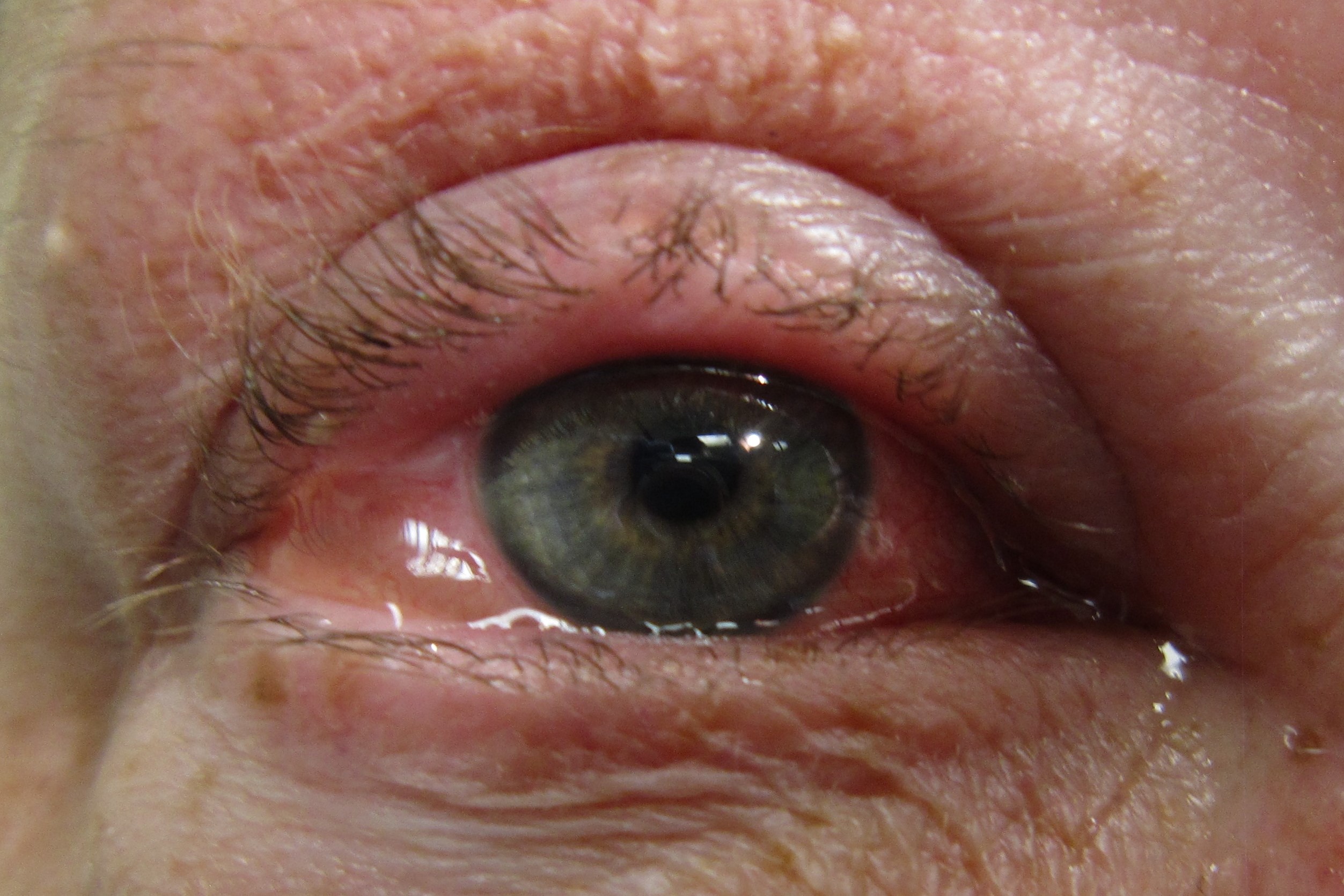
Conjunctivitis, causes and symptoms
Conjunctivitis is the most common inflammation of the eye among both adults and children and causes symptoms such as redness, tearing and burning
Conjunctivitis is an inflammation of the conjunctiva, which is the transparent layer that covers the surface of the eye and eyelids.
The conjunctiva is the most exposed part of our eye and comes into contact with numerous substances, both microorganisms and harmful substances, which is why it is susceptible to inflammation of various kinds.
There are different forms of conjunctivitis; depending on the causes, we distinguish between:
- bacterial conjunctivitis
- viral conjunctivitis
- allergic conjunctivitis
- irritative conjunctivitis
- conjunctivitis associated with systemic diseases.
Bacterial conjunctivitis
Bacterial forms of conjunctivitis are the most frequent and are caused by germs, both staphylococci and streptococci, but also by the bacteria H. influenzae, N. gonorrhoeae and Chlamydia trachomatis.
The symptoms of bacterial conjunctivitis are:
- thick, yellow mucous secretion
- redness (hyperemia)
- lacrimation.
Sometimes spontaneous healing can occur, but in most cases antibacterial therapy is required.
Viral conjunctivitis
Viral forms of conjunctivitis are caused by viruses. Viral conjunctivitis is particularly contagious, especially the forms caused by Adenoviruses.
Herpes virus-related forms are very serious because they can also affect the cornea, causing infections that can lead to corneal ulceration if not treated in time.
Viral conjunctivitis, in addition to redness and tearing, can be associated with infection and general symptoms such as:
- fever
- swollen lymph glands
- general malaise and pain
- swelling of the eyelids
- photophobia (intolerance to light)
- copious serous discharge.
Resolution occurs after 10 to 15 days if treated correctly.
Allergic conjunctivitis
Allergic forms of conjunctivitis are caused by the body’s reaction to external agents such as pollen, dust and animal hair.
They are characterised by
- itching
- burning
- foreign body sensation.
Symptoms vary in degree throughout the day and between days.
Allergic conjunctivitis benefits from the use of topical antihistamines and artificial tears; in more severe forms, cortisone eye drops are used in moderation, due to side effects such as increased intraocular pressure in predisposed individuals.
Other forms of conjunctivitis
Irritative forms are caused by exposure to chemicals and any chemical substance that comes into contact with the conjunctival surface; they are also characterised by redness and serous secretion.
In these cases, it is important to understand the causative agent and avoid contact.
Forms associated with systemic diseases are an effect of diseases such as rheumatoid arthritis, thyroid disorders and diabetes.
Diagnosis of the various forms of conjunctivitis is difficult
The conjunctival swab is especially useful in bacterial forms to isolate the responsible germ and thus direct therapy by choosing the most effective antibiotic; the symptoms and clinical history are useful for the diagnosis of the other forms.
Read Also:
Emergency Live Even More…Live: Download The New Free App Of Your Newspaper For IOS And Android
Eye Health And Eyes Disorders: Signs Not To Be Underestimated
Inflammations Of The Eye: Uveitis
Corneal Keratoconus, Corneal Cross-Linking UVA Treatment
Myopia: What It Is And How To Treat It
Presbyopia: What Are The Symptoms And How To Correct It
Nearsightedness: What It Myopia And How To Correct It
Blepharoptosis: Getting To Know Eyelid Drooping
Lazy Eye: How To Recognise And Treat Amblyopia?
What Is Presbyopia And When Does It Occur?
Presbyopia: An Age-Related Visual Disorder
Blepharoptosis: Getting To Know Eyelid Drooping
Rare Diseases: Von Hippel-Lindau Syndrome
Rare Diseases: Septo-Optic Dysplasia
Symptoms And Remedies Of Allergic Rhinitis
Allergic Conjunctivitis: Causes, Symptoms And Prevention
Red Eyes: What Can Be The Causes Of Conjunctival Hyperemia?
Diseases Of The Cornea: Keratitis
HPV Infection And Cancers Of The Nose, Mouth And Throat: What Is There To Know?
Papilloma Virus Infection And Prevention
What Is The Papilloma Virus And How Can It Be Treated?


